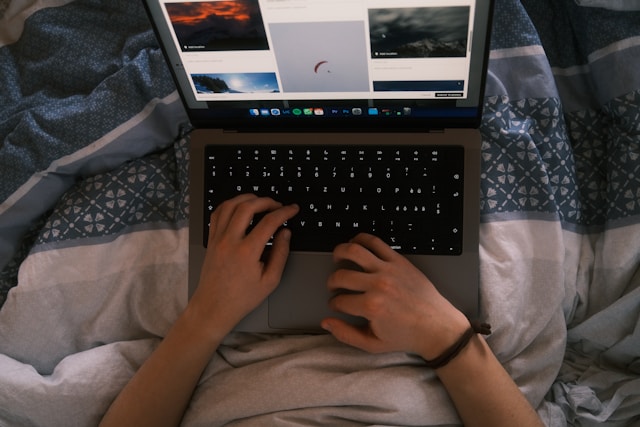In today’s hyper-connected world, the internet is both a powerful tool and a constant source of distraction. From checking emails to scrolling social media, it’s easy to lose hours online without even realizing it. While the internet brings countless benefits instant information, global communication, and entertainment it can also impact our focus, mental health, and well-being if not used with intention.
If you’ve ever found yourself doomscrolling late at night or mindlessly jumping between tabs, it may be time to develop more mindful online habits. This article offers practical, realistic tips for using the internet mindfully, helping you regain control of your digital life and reconnect with the present moment.
Recognize Your Internet Habits
The first step in cultivating mindful internet use is becoming aware of your current behaviors. We often go online without thinking, and these unconscious habits can quickly lead to digital burnout.
Here’s how to get started:
-
Track your screen time: Use built-in tools like Screen Time (iOS), Digital Wellbeing (Android), or browser extensions to see where your time goes.
-
Identify triggers and patterns: Do you open Instagram every time you’re bored or reach for your phone the moment you wake up?
-
Notice how you feel: After long periods online, do you feel energized or drained? Inspired or anxious?
Self-awareness is key to changing your relationship with the internet. Understanding your habits gives you the power to reshape them.
Set Clear Intentions
Being online isn’t inherently bad it’s how and why we use the internet that matters. Practicing digital mindfulness means going online with purpose.
Before you open your browser or pick up your phone, ask yourself:
-
What am I here to do?
-
How long do I want to spend on this task?
-
What do I want to avoid (e.g., aimless browsing)?
Creating simple goals like checking email for 15 minutes or reading one news article can help prevent falling into an endless scroll. The more intentional your online time, the more meaningful and productive it becomes.
Limit Distractions
The internet is designed to capture your attention and keep it. From pop-ups to autoplay videos, distraction is built into the experience. That’s why taking steps to reduce temptation is one of the most effective tips for digital mindfulness.
Try these strategies:
-
Use website blockers (like Freedom or StayFocusd) to limit access to distracting sites
-
Turn off notifications that aren’t urgent or important
-
Close unused tabs and mute unnecessary alerts
-
Set timers to keep browsing sessions short and focused
By minimizing digital clutter, you create a calmer, more intentional environment for internet use.
Create Digital Boundaries
Just as we need physical boundaries in our lives, we also need digital ones. Without limits, the internet can seep into every part of our day from meals to bedtime.
To build healthy boundaries:
-
Designate tech-free zones (like your bedroom or dining table)
-
Create a digital curfew—no screens an hour before bed
-
Schedule regular offline time (e.g., a weekend morning walk without your phone)
Reducing screen time, even in small doses, helps restore balance and makes your online moments feel more purposeful.
Be Present While Browsing
Mindful internet use isn’t just about when and how long you’re online it’s also about how present you are during that time. Multitasking, constant tab switching, and background scrolling all fragment your attention.
To practice being present:
-
Do one thing at a time: If you’re reading, just read. Don’t check emails simultaneously.
-
Avoid doomscrolling: Set limits on consuming distressing content.
-
Take breaks: Pause to stretch, breathe, or look away from the screen every 20–30 minutes.
Bringing presence into your digital habits improves focus, reduces stress, and makes your time online more enjoyable.
Curate Your Online Environment
Your digital space should support your well-being, not drain it. Take some time to clean up and intentionally curate what you see and engage with online.
Here’s how:
-
Unfollow accounts that make you feel anxious, inadequate, or angry
-
Subscribe to content that inspires, educates, or uplifts you
-
Organize your bookmarks and feeds to highlight what matters most
-
Use minimalist browser setups or apps that encourage focused browsing
Small changes to your digital environment can lead to big shifts in how you experience the internet.
Conclusion
Learning how to use the internet mindfully isn’t about cutting yourself off from the digital world it’s about creating a healthier, more conscious relationship with it. By recognizing your habits, setting clear intentions, limiting distractions, and curating your digital space, you can transform your online time into something positive and balanced.

